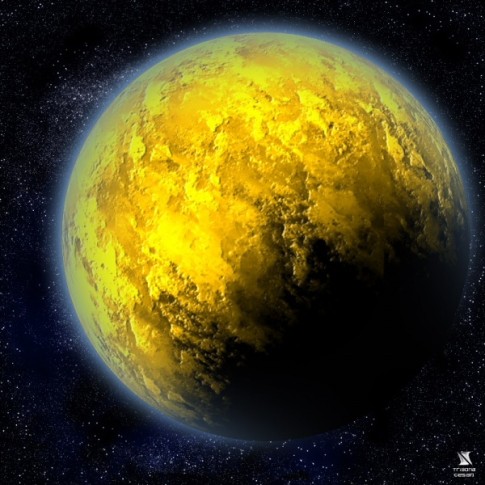Atomic Mass of Chlorine. Atomic mass of Chlorine is 35.453 u. The atomic mass is the mass of an atom. The atomic mass or relative isotopic mass refers to the mass of a single particle, and therefore is tied to a certain specific isotope of an element. A step-by-step explanation of how to draw the Lewis dot structure for Cl (Chlorine). I show you where Chlorine is on the periodic table and how to determine.
| Isotope | Atomic mass (Da) | Isotopic abundance (amount fraction) |
|---|---|---|
| 35Cl | 34.968 8527(3) | [0.755, 0.761] |
| 37Cl | 36.965 9026(4) | [0.239, 0.245] |
Atomic No. Of Ammonia
In 1961, the Commission recommended Ar(Cl) = 35.453(1), based on the atomic weight ofsilver and on Ag/AgCl equivalent ratios determined chemically by many well-known authorities.Following its 1967 discussion of Ag, Cl, and Br, which were important in the chemical determinationof atomic weights of several other elements, the Commission did not assign any new atomic-weight valuesdefined purely on the basis of chemical measurements.
Since 1985, relative isotope-ratio mass spectrometry has yielded abundant evidence for variability in theatomic weight of chlorine in both natural and artificial substances, which resulted in the 1999 decisionto increase the uncertainty and remove a significant figure from the atomic weight of chlorine, and to introduce the interval notation in 2009.
The basis of the delta scale for relative Cl isotope-ratiomeasurements currently is standard mean ocean chloride (SMOC), with δ37Cl = 0 ‰, despite reportedevidence for variability in n(37Cl)/n(35Cl) of seawater chloride.
Chlorine isotopes in the chloride ion may be fractionated in nature and the laboratory by diffusion,ion filtration, and halide mineral precipitation. The lighter isotope 35Cl diffuses more rapidly inaqueous solutions, whereas the concentration of the heavier isotope 37Cl is higher in halide mineralsthan in coexisting solutions. Chlorine isotopes also have been fractionated photochemically in the laboratory. Environmental chloride samples are reported to have δ37Cl values ranging from about−7.7 ‰ to +7.5 ‰, corresponding to x(37Cl) = 0.2408 to 0.2436 and Ar(Cl)= 35.450 to 35.455.

Chlorinated organic solvents from different commercial sources commonlyhave different Cl isotopic compositions. The chlorine isotopes of those compounds may also be fractionatedby biochemical degradation reactions. Chlorinated solvents are reported to have δ37Cl values rangingfrom at least −6.0 ‰ to +4.4 ‰, corresponding to x(37Cl) = 0.2411 to 0.2430 andAr(Cl) = 35.450 to 35.454. The range of Cl atomic weights in nature and in laboratory reagents is largerthan the range indicated by the standard atomic-weight uncertainty value. Larger ranges of variation may be found as measurements are made on a wider range of environmentsand of Cl-bearing species.
The radioactive isotope 36Cl decays to 36Ar with a half-life of 301(2) ka. It is produced bothnaturally and artificially by slow-neutron reactions with 35Cl. Large quantities of 36Cl were injected intothe atmosphere as a by-product of nuclear bomb tests in the oceans. Both natural cosmogenic 36Cl andbomb-produced 36Cl from the atmosphere have been useful as environmental tracers in hydrologic studies; however, the concentrations normally encountered are too low by several orders of magnitudeto have a measurable effect on the atomic weight of chlorine.
Atomic weights of the elements 2009 by M.E. Wieser and T.B. Coplen. Pure Appl. Chem. 2011 (83) 359-396
CIAAW
Atomic No Of Chlorine
Chlorine
Ar(Cl) = [35.446, 35.457] since 2009
The name derives from the Greek chloros for 'pale green' or 'greenish yellow' colour of the element. Itwas discovered by the Swedish pharmacist and chemist Carl-Wilhelm Scheele in 1774. In 1810, theEnglish chemist Humphry Davy proved it was an element.
Natural variations of chlorine isotopic composition
Is Chlorine Atomic Or Molecular

Isotopic reference materials of chlorine.
